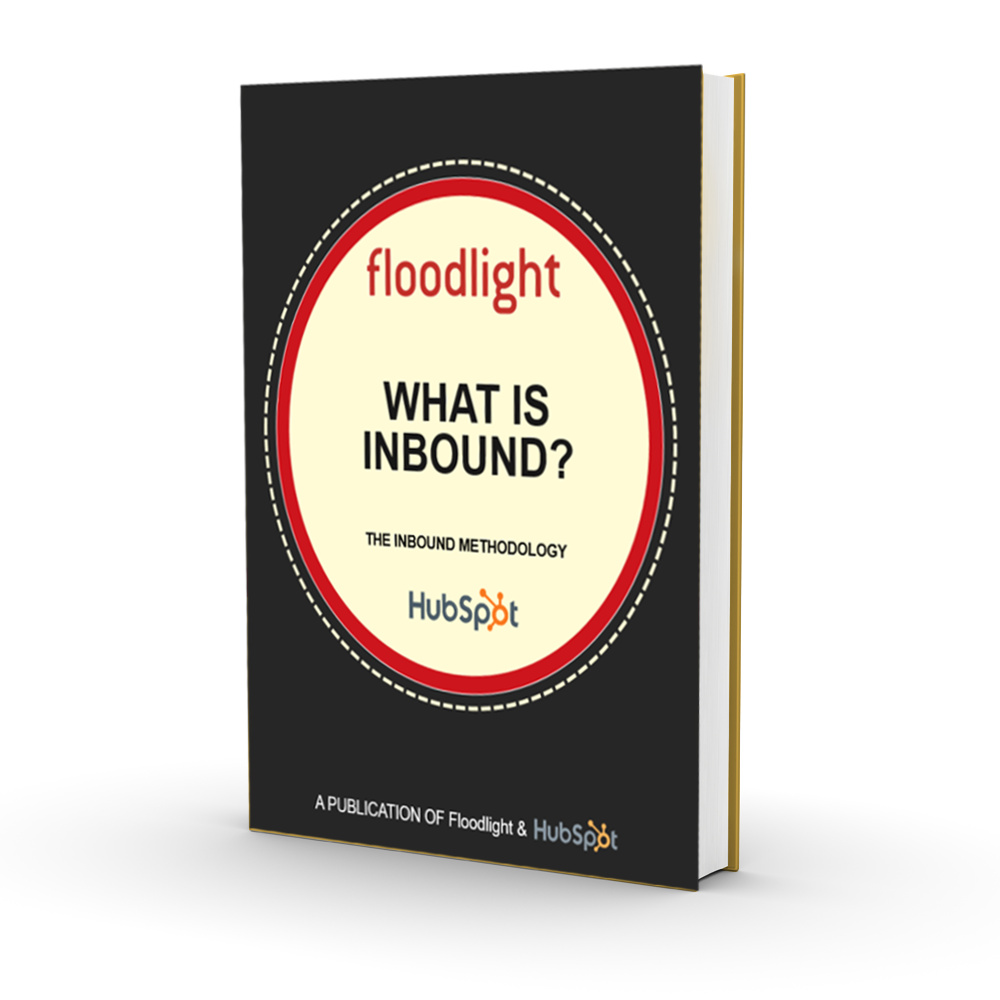
You can do several things to make sure that you create the best leads possible and get the most revenue out of them when using ad networks. Examples of ways to maximise your profits from different ad types include the following.
Consider the Type of Advertisement Rather Than a Specific Lead Source

The success of an advertising campaign does not depend on the company you choose to advertise with, but rather on the content of the ads themselves. If you are working with an advertising agency, it is important to be aware of the specific ads that will be used in the campaign.
Take all necessary steps to ensure that you have access to the content to protect your company's brand. In most cases, an ad company will comply and allow you to view all content. It is important to verify that any claims made on your behalf are accurate, as false claims can cause issues with customers and others.
Advantages and disadvantages of using Twitter, Google, Facebook, and YouTube for B2B lead generation?
![]()
Twitter, Google, Facebook, and YouTube are widely used platforms for B2B lead generation, each with its own advantages and disadvantages. Here are the pros and cons of using each platform:

Pros:
Twitter is a social media platform with 330 million active users each month. It is an effective way to reach a diverse audience. Twitter is known for its rapid, real-time conversations, making it an excellent tool for companies to engage with potential leads and respond to questions quickly. Twitter's advertising platform provides targeted audience, geographic, and interest targeting options.
Cons:
Limited character count: With only 280 characters per tweet, it can be challenging to communicate complex ideas or messages on Twitter.
High competition: Twitter is a highly competitive platform with many brands vying for attention.
Short lifespan: Twitter's fast-paced nature means that tweets have a relatively short lifespan, making it difficult to maintain visibility over time.
Pros:
Wide audience reach: With over 1.5 billion monthly active users, Google is one of the largest platforms in the world.
Search engine optimization (SEO): Google’s search engine is the most widely used worldwide, making it a powerful tool for driving traffic to a company’s website.
AdWords advertising: Google’s AdWords platform is a highly effective tool for reaching target audiences, offering options for targeting by location, keyword, and device.
Cons:
High competition: Google is a highly competitive platform, with many businesses competing for visibility in search results.
Cost: Google AdWords can be expensive, with high costs for targeting popular keywords and high click-through rates.
Complexity: The AdWords platform can be complex and difficult to navigate, posing a challenge for inexperienced marketers who are just starting.
Despite its drawbacks, Google Ads can be a highly effective tool for B2B lead generation. With over 1.5 billion monthly active users, Google is one of the largest platforms in the world, offering a wide audience reach. Additionally, its search engine optimisation (SEO) capabilities make it a powerful tool for driving traffic to a company's website.
To make the most out of Google Ads, businesses should carefully consider their target audience and use keyword targeting to reach the right people. However, this can come at a high cost, as targeting popular keywords with high click-through rates can be expensive.
Inexperienced marketers may find the AdWords platform complex and challenging to navigate, but with proper training and practice, it can become an effective tool for generating high-quality leads.
Pros:
Facebook has a wide audience reach, with over 2.7 billion monthly active users, making it one of the largest social networks in the world. Its advertising platform offers various targeting options, including location, demographics, interests, and behaviours. Additionally, Facebook is known for its high levels of engagement, with users spending an average of 40 minutes per day on the platform.
Cons:
Ad fatigue: Facebook users are exposed to many ads, which can lead to ad fatigue and reduced effectiveness over time.
Facebook's algorithm is a complex system that determines what content appears on a user's newsfeed. The algorithm frequently changes, which can challenge businesses to maintain consistent visibility and engagement. To stay on top of the changes, companies must constantly monitor and adapt their social media strategies. This might include experimenting with different types of content, increasing advertising budgets, or engaging with users in new ways. Despite the challenges posed by algorithm changes, businesses that can stay ahead of the curve can see significant benefits in terms of increased brand awareness and engagement.
Privacy
Facebook has faced controversy over its privacy policies and data handling practices, which have raised concerns about users' privacy. This situation could significantly impact Facebook's reputation, as users may become less willing to share their personal information on the platform. If Facebook does not address these concerns, it will lose customers to competitors who offer more secure and transparent data-handling practices.
YouTube:
Pros:
Wide audience reach: With over 2 billion monthly active users, YouTube is one of the largest video-sharing platforms in the world.
Video content: Video is a highly engaging format, making YouTube a powerful platform for promoting products, services, and thought leadership.
Targeted advertising: YouTube’s advertising platform offers various targeting options, including location, demographics, interests, and behaviours.
Cons:
Competition: YouTube is a highly competitive platform, with many businesses vying for visibility and engagement.
Cost: Video production and advertising costs can be high, particularly for high-quality content.
Algorithm changes: YouTube’s algorithm frequently changes, making it difficult for businesses to maintain a consistent level of visibility and engagement.
What about Criteo?
Criteo is a global technology company that offers a performance marketing platform for businesses of all sizes.
Criteo's platform uses programmatic advertising to help businesses reach their desired audience and generate leads. Here are some advantages and disadvantages of using Criteo for B2B lead generation:
Pros:
Precise targeting: Criteo's platform utilizes machine learning algorithms to analyze user behaviour and deliver highly targeted and personalised ad experiences to users. This enables businesses to reach their ideal target audience and increase their chances of generating leads.
Wide reach: Criteo operates a global network of over 17,000 publishers, providing a wide reach and access to a large audience. This is especially useful for businesses wanting to reach a global audience.
Real-time bidding: Criteo's platform utilizes real-time bidding, enabling businesses to bid for ad impressions in real-time. This provides a more efficient and effective way to reach their target audience.
Cons:
Cost: Criteo uses a cost-per-click (CPC) model, meaning businesses pay for each click their ads receive. This can be costly, particularly for businesses with high click volumes or a competitive target audience.
Data privacy concerns: Criteo collects and processes a large amount of user data, which can raise privacy concerns and affect users' trust in the platform.
Competition: Criteo operates in a competitive industry, with many other companies offering similar services. This can make it challenging for businesses to differentiate themselves and effectively generate leads.
Overall, Criteo can be a valuable tool for businesses looking to generate B2B leads through programmatic advertising. However, companies should carefully consider the pros and cons and evaluate whether the platform best fits their needs and budget.
When using ad networks to generate leads, it is important to consider the cost of each lead. Some ad networks charge a flat rate per lead, while others charge per click or per impression. It is important to evaluate the cost of each option and choose the one that provides the best value for your business.
Avoid "Facebook Lead Ads"?
This is not to say that Facebook Leads cannot work at all, but it is highly unlikely that they will work unless you already have the best follow-up systems and sequences in the world. If you do not believe that your response systems are better than just about anyone else's, then it is better to stay away from this particular approach.
Use Search Ads on Google Ads
Search ads such as Google Ads will be one of your best options easily. This is because when someone searches for something on Google, they intend to find something. As a result, a search ad will likely be highly relevant to your potential customer, and adding your ad as such a page, will likely have a strong likelihood of bringing them to your site. Ask the lead company you work with to create these for you when you see their list.
Get All Leads Instead of Allowing Lead Segmentation
Lead segmentation means that a company providing you with leads is only giving you part of the leads they generate. If their efforts generate 100 leads, for example, they may only give you a "segment" of them, such as 80 out of 100. Instead, negotiate to get the other 20 leads as part of the deal that you make with them. If they refuse, then back out of the deal. You should be able to get all leads.
Verify Email and Phone Numbers

To ensure that the leads you're getting from your lead company are good, you'll want to use a service to verify them, such as Datasoap, Twilio, or any similar company. If you don't do this, then you're taking the risk that your sales team will be wasting hours and hours pursuing leads that either aren’t there or that lead to hoaxes. Using services that can check your leads against legitimate lists and hoax lists, as well as other verification processes, will reduce how much time is lost. It will prevent morale loss as well.
Only Accept "Real-Time" Leads

Some companies will try to double-deal you by holding back a lead that was generated at, say, midnight so that you don't receive it until noon the next day. You will want to verify that you receive the lead exactly when it's generated, during business hours, so that you may act on the lead immediately. Otherwise, the lead may grow stale and become of much less use to you than those that are generated when you can make the best use of them with your team.
Determine What Funnel Is Being Used

There are different funnels to get leads from the company you're using. Some just use regular landing pages. Others use a "survey funnel" with surveys to get the leads. Others use something known as an "advertorial funnel." Try to find this information from the service if at all possible. While advertorial funnels create great leads, they are quite difficult to use by standard agencies trying to contact the leads by calling them. This is because they are marketed through an article that connects to a "squeeze page."
Get As Much Info About Leads as Possible

You can do this by asking many questions about it, such as info about the contact rate of leads, how many leads you can convert per 100, how their leads are qualified as well, and anything else you can imagine that would help.
Ask About "Lead Blending"

Some companies will take leads that have poor quality and mix them in randomly with much better leads. They can make it more difficult for you to determine how much quality each lead has on average by doing it this way. Their goal is to charge you more money by stacking up more leads without making it look like all the leads are bad. It's good to ask about this explicitly before agreeing to anything, so the company has no excuse if they are caught doing it.

